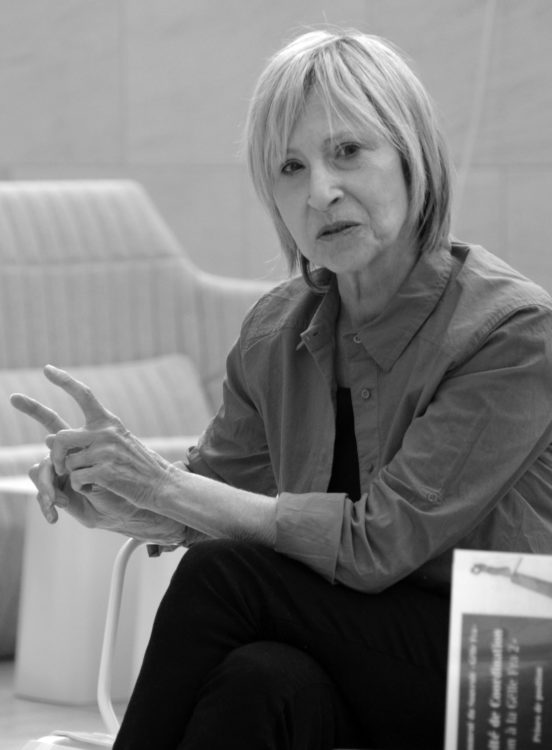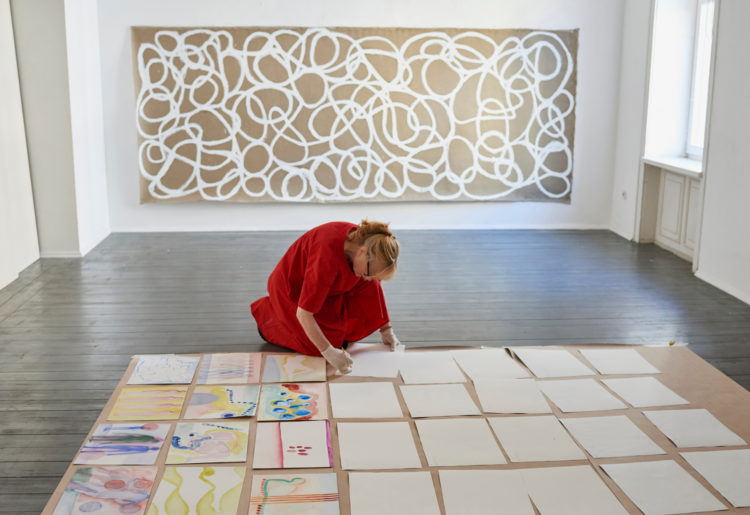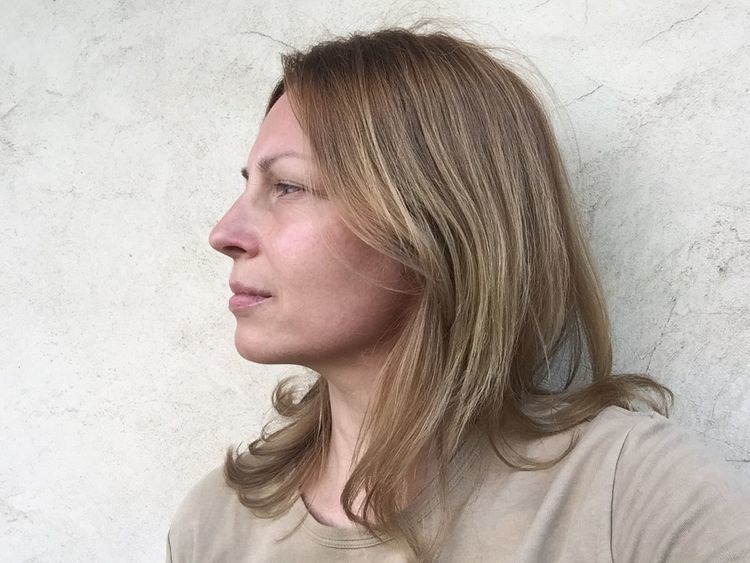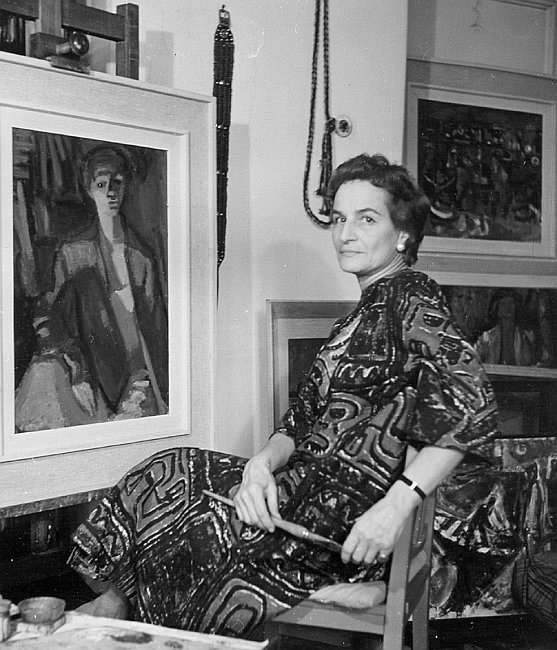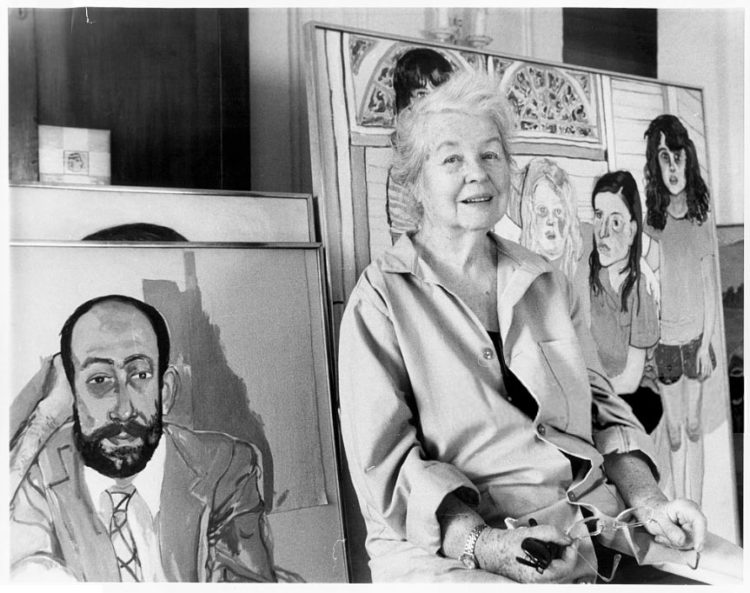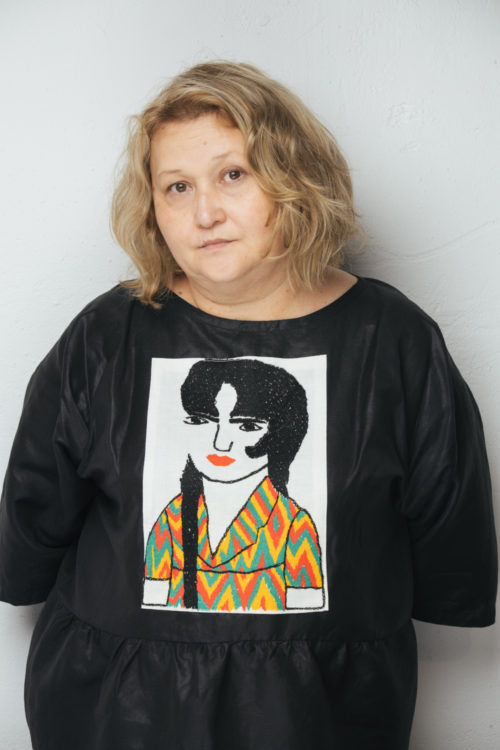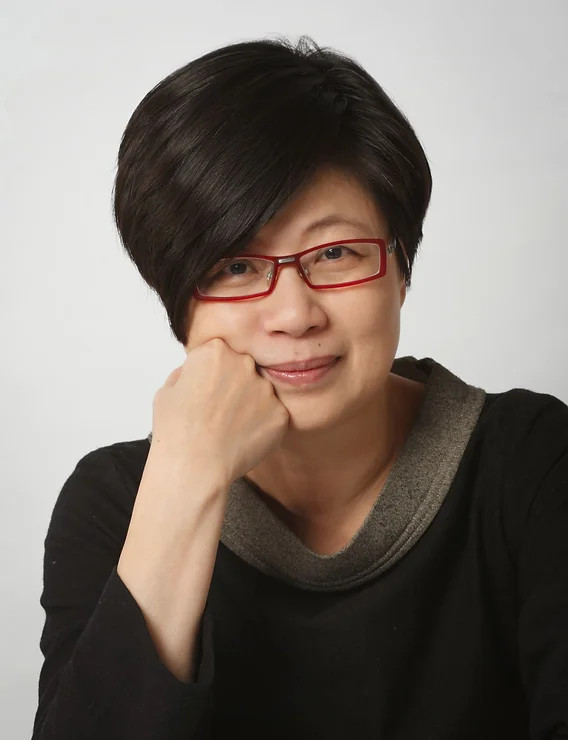Research
Eglė Rakauskaitė, For Guilty without Guilt. Trap. Expulsion from Paradise, 1996, video, 3’40”, black and white, silent, © ADAGP, Paris
This thesis is about the art of three artists from the so-called Eastern Bloc: Sanja Iveković (born in 1949 in former Yugoslavia/Croatia), Orshi Drozdik (born in 1946 in Hungary) and Eglė Rakauskaitė (born in 1967 in Lithuania). The crucial point of this research is too see how female’s body was perceived and presented in different systems and within their contexts.
They are artists from three different countries with different ways of experiencing the system transformation. By talking about such a variety of cases, this dissertation can be considered as part of an effort to diversifying the image of the Eastern Bloc art. Applied in this paper juxtaposition of artists from different countries, who carry such distinct backgrounds and experiences connected to the transformation, shows different ways of functioning within the systems as well as in between socialism and capitalism.
This work is referring to researches connected with the works I analysed, proposing their new readings. I was in regular contact with O. Drozdik and exchanged e-mails with E. Rakauskaitė, so appears new information about some of their works. I outline how chosen artists have tackled social and artistic situation which they faced. Moreover, I discuss how female artists were talking about their experiences and also outline how the CEE artists focus on (re)presentation of female body while discussing the political, social and artistic dimensions they face when doing so.
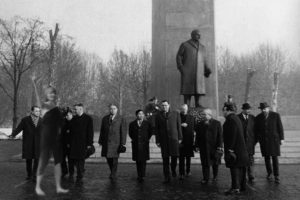
Orshi Drozdik, Individual Mythology at the Lenin Statue, 1976, black and white, photograph, © Orshi Drozdik
In all the works studied in my thesis it is possible to notice consideration over oppressiveness characteristic for particular system or discourses, but also critical use and deconstruction of language and symbols which were/are using by them.
While elaborating on S. Iveković’s oeuvre, this thesis pays attention to a specific situation of Yugoslavia, where the political system of socialism was blending with consumptionism spreading over to Yugoslavia all the way from the West (especially visible in Double Life [1975-1976] or Triangle [1979]). O. Drozdik works are created in consideration of emigration from one order to another, from Hungary to Amsterdam, then Canada and in the end to New York. In case of E. Rakauskaite, her works are first of all commentary to the changes in the system and the way their were experienced by Lithuanian society.
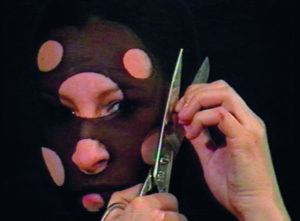
Sanja Iveković, Personal Cuts, 1982, video, black and white and color, sound, © MoMA, © Sanja Iveković
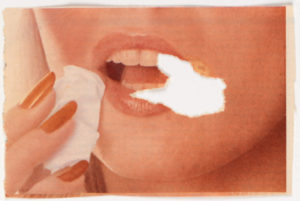
Sanja Iveković, Paper Women, 1976-1977, collage on magazine page, 109 x 128 cm, © Sanja Iveković
Similarly to S. Iveković, O. Drozdik is also considers the female body in (mainstream) cultures. S. Iveković worked with advertisements during communism mostly criticising them, for example in works Paper Women (1976) or Personal Cuts (1982), and later, noticing its subversive potential, by using them as language expressing her art, like in Gen XX (1997-2001), or Women House (2002 –now), while O. Drozdik is focusing on pornography (Pornography [1979-80]) and art history clichés (for example in works Individual Mythology [1975-7], Nude [1976] or I Try to Be Transparent… [1979]).
On the other hand Rakauskaite was considering topics which were the effect of the system transformation, and which were strictly connected with the previous order (In Honey [1996], In Fat [1998]). E. Rauskaite is using her own body in order to contest not only the topics related to women’s body but to identify in its general meaning (especially visible in works: For Guilty Without Guilt [1995] and My America [2003]). The artist’s works are a study of a postransformational society, including both, male and female subjects, who often are torn between the past and the present/future.
Regarding the volume of the thesis, it was not possible to focus on more than three artists, as well as on more than the works mentioned here. However, the comparison of female artists from that region would allow to distinguish and to critically and deeply look at the different types of representation of the female body and methods of playing with the systems. This thesis is only a small contribution to it.
Master research thesis directed by Agata Jakubowska and defended by Anna Zielazny on September 2017 at Adam Mickiewicz Univeristy in Poznań (Poland).
Anna Zielazny, "Between socialism and capitalism: woman’s body in the art of Sanja Iveković, Orshi Drozdik and Eglė Rakauskaitė." In Archives of Women Artists, Research and Exhibitions magazine, . URL : https://awarewomenartists.com/en/magazine/entre-socialisme-et-capitalisme-le-corps-des-femmes-dans-lart-de-sanja-ivekovic-orshi-drozdik-et-egle-rakauskaite/. Accessed 10 January 2026




